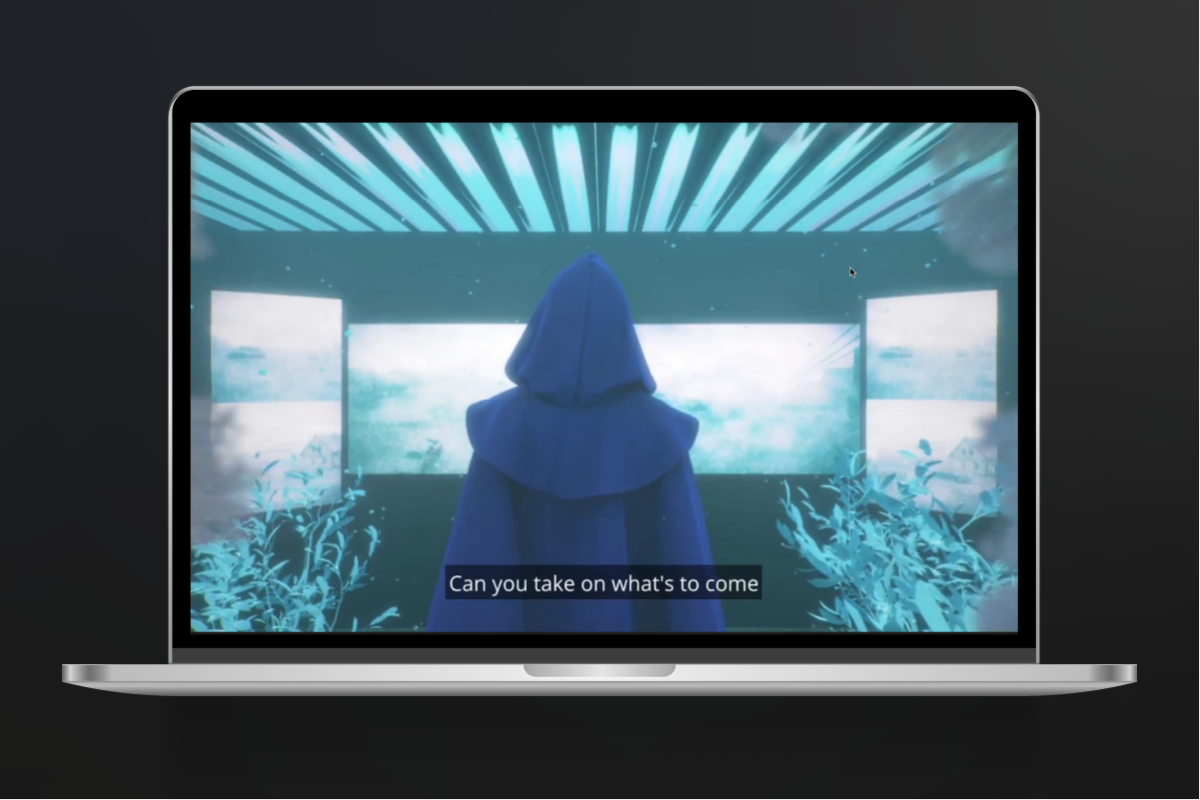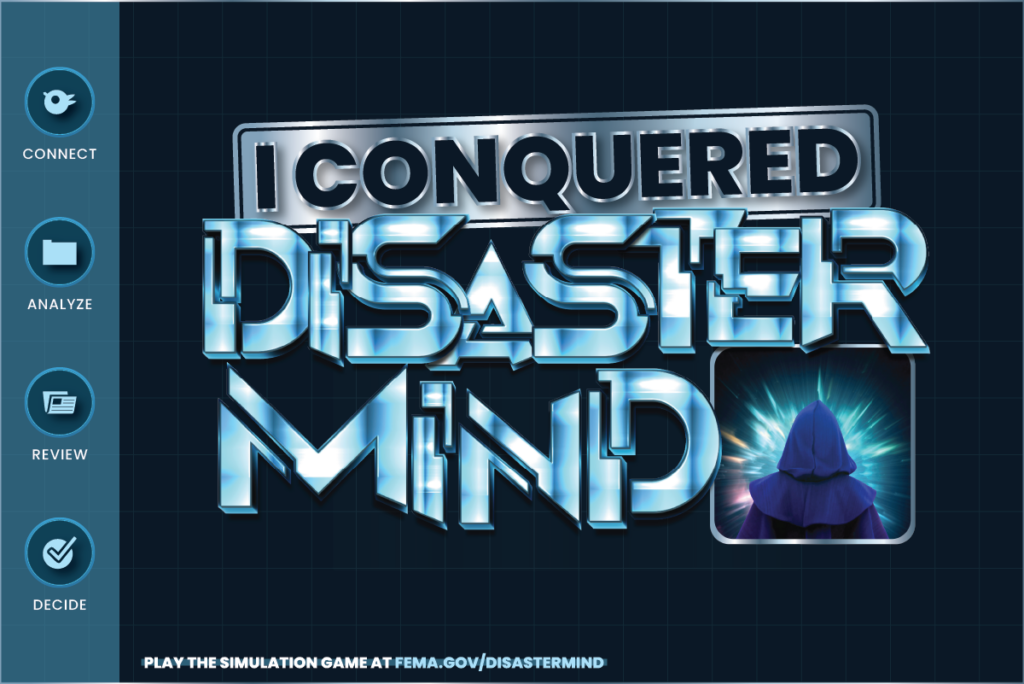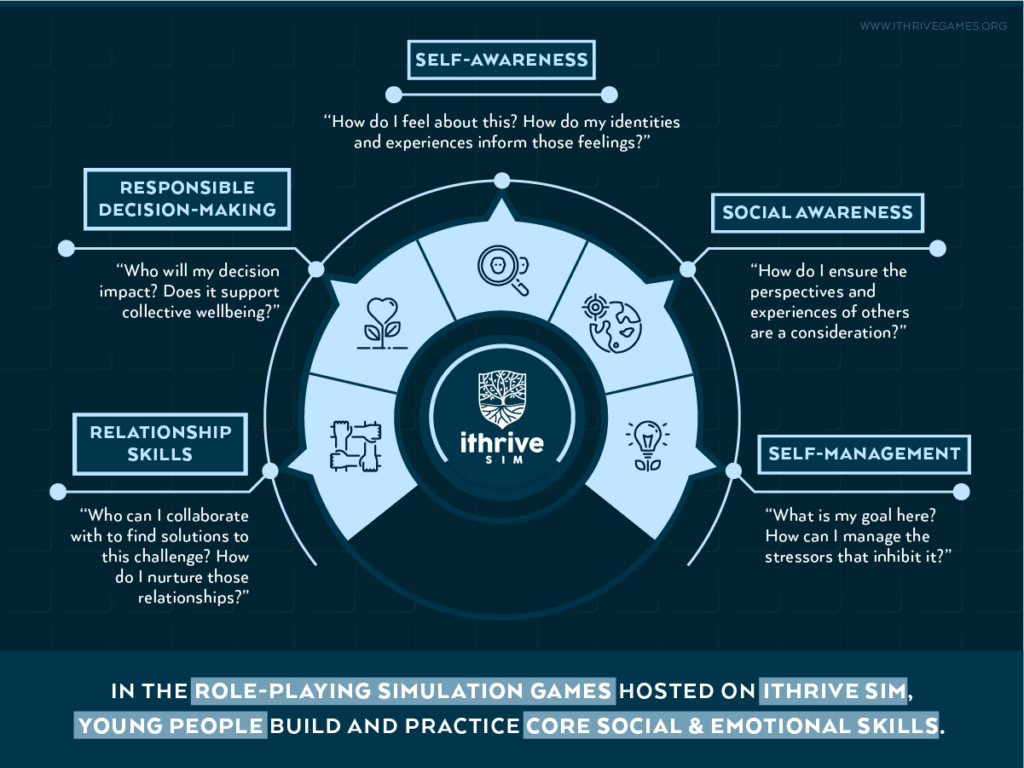
Turning FEMA’s Lifeline Info Into an Immersive Game with iThrive Sim
FEMA’s Disaster Mind, co-designed with iThrive on iThrive Sim, supports teens where they are, fostering disaster preparedness and resilience through play.
Young people feel the emotional weight of the world's challenges. They see the stories on their social media feeds and TV screens that bring forth questions, sometimes grief, and almost always hope for solutions that move us toward a world grounded in empathy, safety, and communal care.
Young people want to be a part of imagining and co-creating solutions that get us there, too, ones that bring forth better ways of being and doing that are supportive of their thriving and all our thriving. Teens and young adults already embrace and demand social action, according to the 2023 Deloitte Global Millennial and Gen Z Survey. Young and curious, they are instigators of change, with 83% saying they believe in their generation's power to inspire action in their local networks and impact societal problems, according to a 2020 CIRCLE Survey.
As agents of influence and drivers of transformation, young people wield within them a power to shape and steer both present and future. All in their learning ecosystem who believe in their genius and care about their thriving—from teachers to emergency management specialists—have a duty to nourish and honor that power.
For the Federal Emergency Management Agency (FEMA) Region 8 team, this duty led them to partner with the iThrive Games team to design and develop Disaster Mind, a disaster readiness and resilience-building game that meets young people where they are with play. Disaster Mind is a digital game designed to inspire social action toward community preparedness. Built and hosted on iThrive Sim, an award-winning game engine and development platform that creates and delivers role-playing simulations, Disaster Mind integrates live-saving information with interactive storytelling and an immersive play experience, actively connecting young people to knowledge that prepares them for disasters and activates them as movers and shakers capable of organizing their families, friends, and communities.
"We know that youth can be force multipliers in helping their families and households prepare for emergencies and disasters," shares Kirsten Maltese, the Youth and Adolescent Program Manager and a Community Preparedness Officer at FEMA Region 8. "[This] can spark a conversation with their friends and families but can also be a bridge between them and their local emergency management office. If we spark their curiosity and interest in preparedness at an early age, we can help them develop lifelong habits that will help them in their homes and communities."
A PLAN'S POWER: THE RESILIENCE PART OF DISASTER RECOVERY
Disaster preparedness is a silent sentinel that proves its power in times of chaos. It is core to disaster recovery. A proactive approach and an intentional mindset, reflected in historic taglines popularized by FEMA and on ready.gov like "Disasters don't plan ahead, you can" and "Prepare. Plan. Stay Informed," implore us to take action to reduce our vulnerability to disasters and increase resilience when they strike. "Disaster Mind gives potential survivors the opportunity to simulate real-life situations, " shares Daniel Nyquist, an Executive Officer at FEMA. "They make decisions that would lead to their eventual recovery." Here's how.
ITHRIVE SIM'S GAME-BASED LEARNING: A DIRECT-TO-YOUTH SOLUTION
Care in action means meeting young people where they are to support their thriving. In a world brimming with technology where over 600 million young people play video games, that includes leveraging play in spaces where they learn. Learning science shows that play has power; play supports engagement and can foster active learning through decision-making and problem-solving. In the months following the onset of the COVID-19 pandemic in 2020, as parents, guardians, and educators scoured for new virtual classroom and learning tools, many turned to play as a tool for connection and fun.
iThrive Sim launched in that same year as an accessible web-based and device-agnostic digital game engine capable of engaging young people in any educational setting or home with WiFi and a 1:1 device. The game engine delivers role-playing simulation games with integrated social and emotional skill-building. Players encounter unique stressors as they navigate challenges. They make real-time decisions that impact the unfolding narrative. With iThrive Sim, awarded for its learning engineering and design, we worked with the FEMA Region 8 team to build Disaster Mind, a single-player simulation game where players must navigate severe weather events, stay informed, and make decisions that impact how the story unfolds. The young people who play expand their understanding of disaster preparedness as they contend with unexpected weather events, manage its accompanying stress, and attempt to make the best decisions for the safety of themselves and their communities.
Disaster Mind has been both thought- and action-provoking for young people since its official launch on www.ready.gov this year. After playing, players express their motivation to get prepared, saying, "I should go home and make sure my family is prepared just in case something happens." Others shared in post-game focus groups that the simulation game expanded their sense of responsibility, opening them up to consider what it would be like to navigate a disaster without being accompanied by family or a trusted adult. The game is designed to activate and support young people's planning, involvement, and leadership in their community's preparedness efforts, core goals of the National Discovery Recovery Framework. "As young people navigate from support structures like their families and schools, we intend to help them prepare for their next phase in life," shares Maltese. "This type of engagement ahead of a disaster is what helps build resilience in communities - and we believe youth can be the driver of that."
THE SOCIAL AND EMOTIONAL SKILL-BUILDING IN DISASTER MIND
Vital to disaster readiness is prepping for the social and emotional. iThrive Sim's dynamic features are optimized to deliver experiential learning in a unique and developmentally nourishing way to teens. Disaster Mind is designed to be a social and emotional skill-building play experience that helps teens shift from an automatic mindset of "This won't happen to me" and "Other people will handle it" to an intentional mindset of "I may face an emergency at some point" and "I will think for myself".
Rather than prescribing learning, iThrive Sim encourages teens to make meaning of the content they encounter, allowing them to learn by doing and develop understandings that go beyond the surface knowledge of facts and information. Through a careful combination of game features and mechanisms that purposefully ignite feelings, teens are prompted to draw on their own experiences and skills while they make decisions. The game gives them opportunities to practice critical thinking, acquire and interpret information, and make real-time decisions while navigating challenges.
This active learning is transformative social and emotional learning.
WHAT A GAME LIKE DISASTER MIND CAN DO
The impact is in their testimonies.
Young people who've played the Disaster Mind simulation game walk away from it with a sense of ownership of the plan and investment in the outcomes, leading to greater participation and collaboration, too. "I've discussed with my family about disasters. We are making plans for them and intend on making them as clear and as direct as possible for everyone to stay safe during disasters," shared one of the first teens who tested Disaster Mind.
The scaffolded challenges, personalized feedback loops, and real-world applicable social and emotional skill-building that young people who play Disaster Mind experience makes them more familiar with the work of preparedness and the network- and community-wide planning and capacity-building efforts it entails.
"We often hear phrases like "if I only knew I would need..." or "I wish I had known that.." in the aftermath of disasters," says Nyquist. "Disaster Mind enables players to understand those needs in a safe and engaging setting before a disaster happens. This results in players being better prepared and equipped with information and strategies they need to maximize recovery resources and be resilient in their own recovery."
We knew that the effectiveness of Disaster Mind depended on young people wanting to play it. To ensure it would be engaging, relevant, and motivating for young people, we brought them into the design process using iThrive's as the participatory youth co-design approach. Their input shaped the story, the look and feel of the game, and the game mechanics. The impact and influence of Disaster Mind reflect the power of both co-design and game-based learning to engage young people in the work of inquiry, discovery, and reflection. Designed with collaboration and care and learning science, Disaster Mind animates and introduces life-saving strategies to agents of change and shapers for safe and resilient tomorrows: young people.
| |
PLAY THE DISASTER MIND SIMULATION GAME ON ITHRIVE SIM!  |



